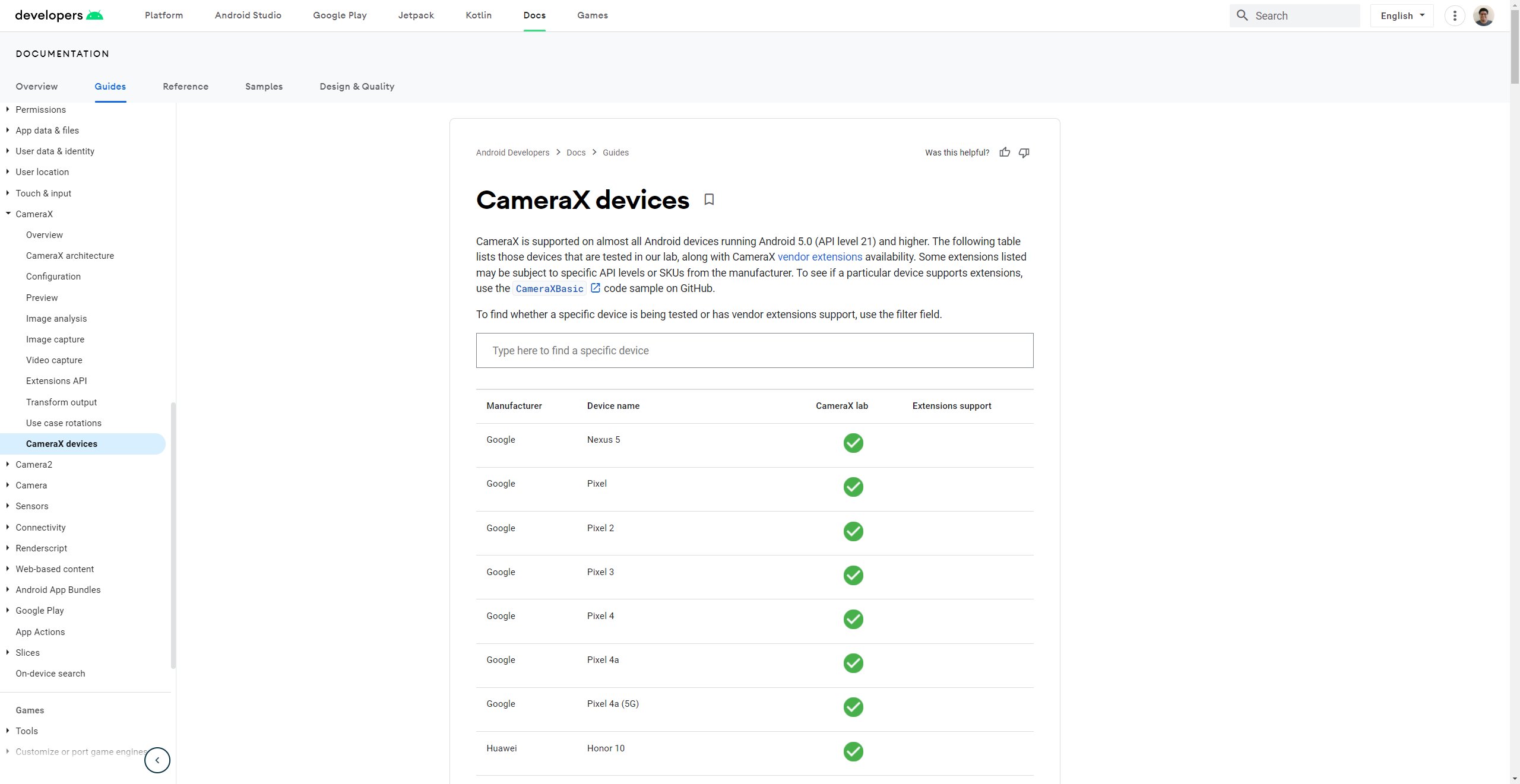
Introduction
Android Studio is a powerful Integrated Development Environment (IDE) designed for Android app development. One of its most useful features is the ability to search for text within all files in your project. This feature is particularly handy when you need to locate specific code snippets, keywords, or even entire files. This article will explore the process of using Android Studio to search all files in your project, covering various methods and tips to make your search more efficient.
Prerequisites
Before diving into the search functionality, it's essential to understand the basics of Android Studio. Here are some key points to get you started:
- Installation: Ensure that Android Studio is installed on your computer. Download it from the official Android Developers website.
- Project Setup: Create or open an existing Android project in Android Studio.
- Understanding the Interface: Familiarize yourself with the main components of the Android Studio interface, including the Project panel, the Code editor, and the Tool window.
Searching for Text in All Files
Android Studio provides a robust search functionality that allows you to find text across all files in your project. Here’s how you can do it:
Using the Search Bar
- Open Android Studio: Launch Android Studio and open your project.
- Navigate to the Search Bar: At the top of the screen, you will see a search bar. This is where you can enter your search query.
- Enter Your Query: Type in the word or phrase you want to search for. You can use wildcards like
*for partial matches or?for single character matches. - Press Enter: Once you've entered your query, press Enter to initiate the search.
Search Options
When you press Enter, Android Studio will start searching through all files in your project. Here are some additional options you can use to refine your search:
- Case Sensitivity: By default, the search is case-sensitive. If you want to make it case-insensitive, press
Ctrl + Shift + F(Windows) orCmd + Shift + F(Mac) to open the Find dialog box and uncheck the "Match case" option. - Whole Word Only: To search for whole words only, check the "Whole word only" option in the Find dialog box.
- Regex: If you're familiar with regular expressions, you can use them in the search bar by prefixing your query with a
/.
Using the Find Dialog Box
Sometimes, using the search bar might not be enough. The Find dialog box offers more control over your search parameters.
- Open the Find Dialog Box: Press
Ctrl + Shift + F(Windows) orCmd + Shift + F(Mac) to open the Find dialog box. - Enter Your Query: In the "Find" field, enter the word or phrase you're looking for.
- Set Search Scope: Choose where you want to search from the "Scope" dropdown menu. Options include "Project," "Current File," "Current Folder," etc.
- Set Search Options: Use the checkboxes to set additional search options such as "Match case," "Whole word only," or "Regex."
- Start Search: Click "Find" to initiate the search.
Advanced Search Options
The Find dialog box offers several advanced options that can help you narrow down your search:
- Regex: If you're familiar with regular expressions, you can use them in the Find dialog box by checking the "Use regex" option.
- Find Next/Previous: Use the "Find next" and "Find previous" buttons to navigate through all occurrences of your search query.
- Replace: If you want to replace text, use the "Replace" button and enter the replacement text in the "Replace with" field.
Using Docker with Android Studio
While not directly related to searching files, using Docker with Android Studio can enhance your development experience by providing a more isolated environment for your projects. Here’s how you can set it up:
- Install Docker: Download and install Docker from the official Docker website.
- Install Docker Compose: Install Docker Compose if you haven't already.
- Configure Android Studio: In Android Studio, go to
File > Settings > Tools > Dockerand configure your Docker settings.
Using Docker with Android Studio allows you to create a containerized environment for your projects, which can be particularly useful when working on large or complex projects that require specific dependencies.
Tips for Efficient Searching
Here are some tips to make your searches more efficient:
- Use Wildcards: Wildcards like
*can help you find partial matches quickly. - Use Regex: If you're familiar with regular expressions, use them to create complex search queries.
- Set Scope: Always set a specific scope (like "Project") when searching to avoid unnecessary results.
- Use Case-Insensitive Search: If you're not concerned about case sensitivity, uncheck the "Match case" option in the Find dialog box.
- Navigate Through Results: Use the "Find next" and "Find previous" buttons to navigate through all occurrences of your search query.
Wrapping Up
Android Studio's search functionality is a powerful tool that can significantly improve your productivity as a developer. By mastering how to use this feature effectively, you can quickly locate specific code snippets, keywords, or even entire files within your project. Whether you're using the search bar or the Find dialog box, understanding the various options and tips outlined in this article will help you become more efficient in your development workflow.
Additional Resources
For more detailed information on using Android Studio, including its various features and tools, you can refer to the official Android Developers documentation or other resources like tutorials and guides available online.
